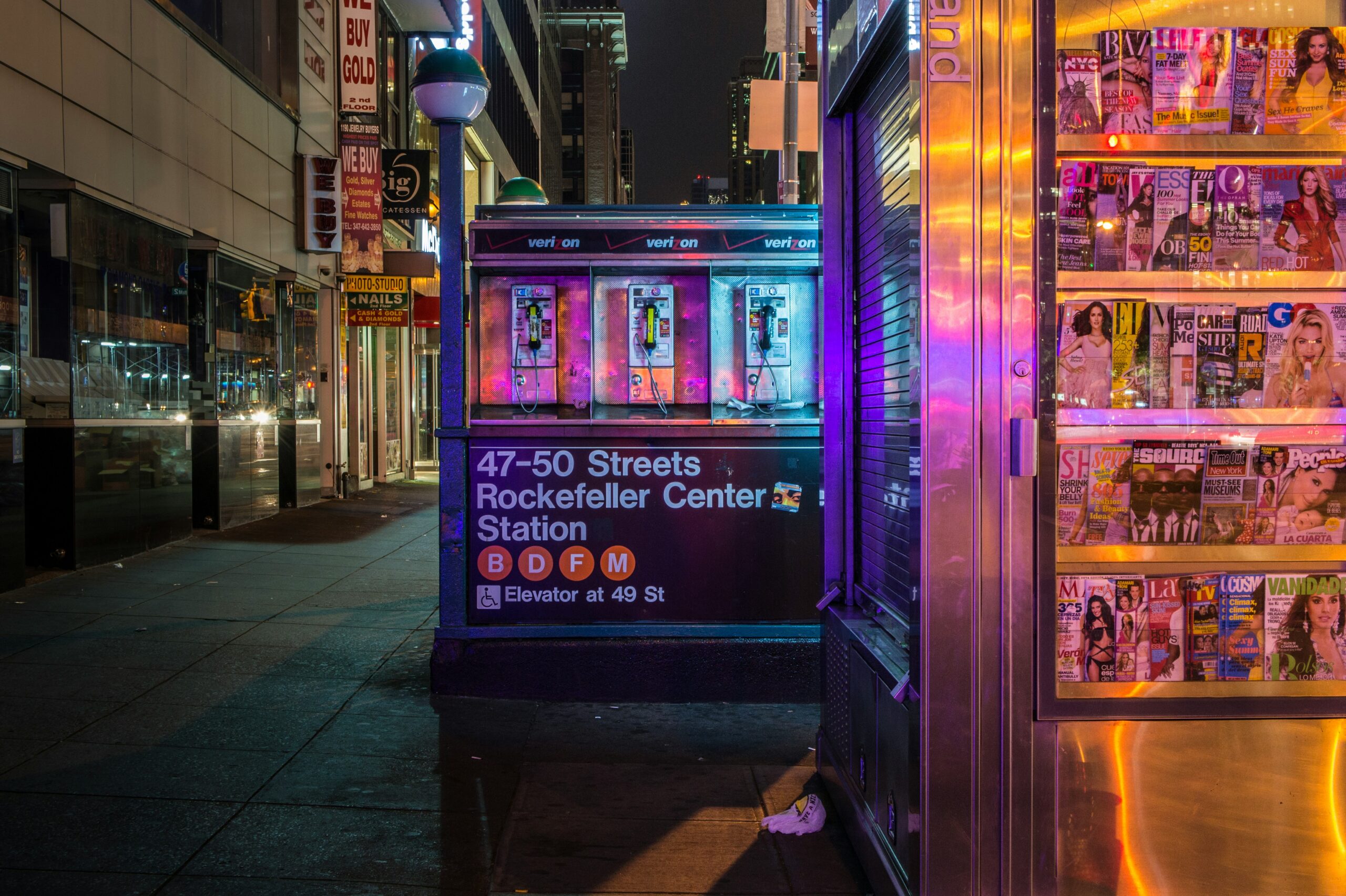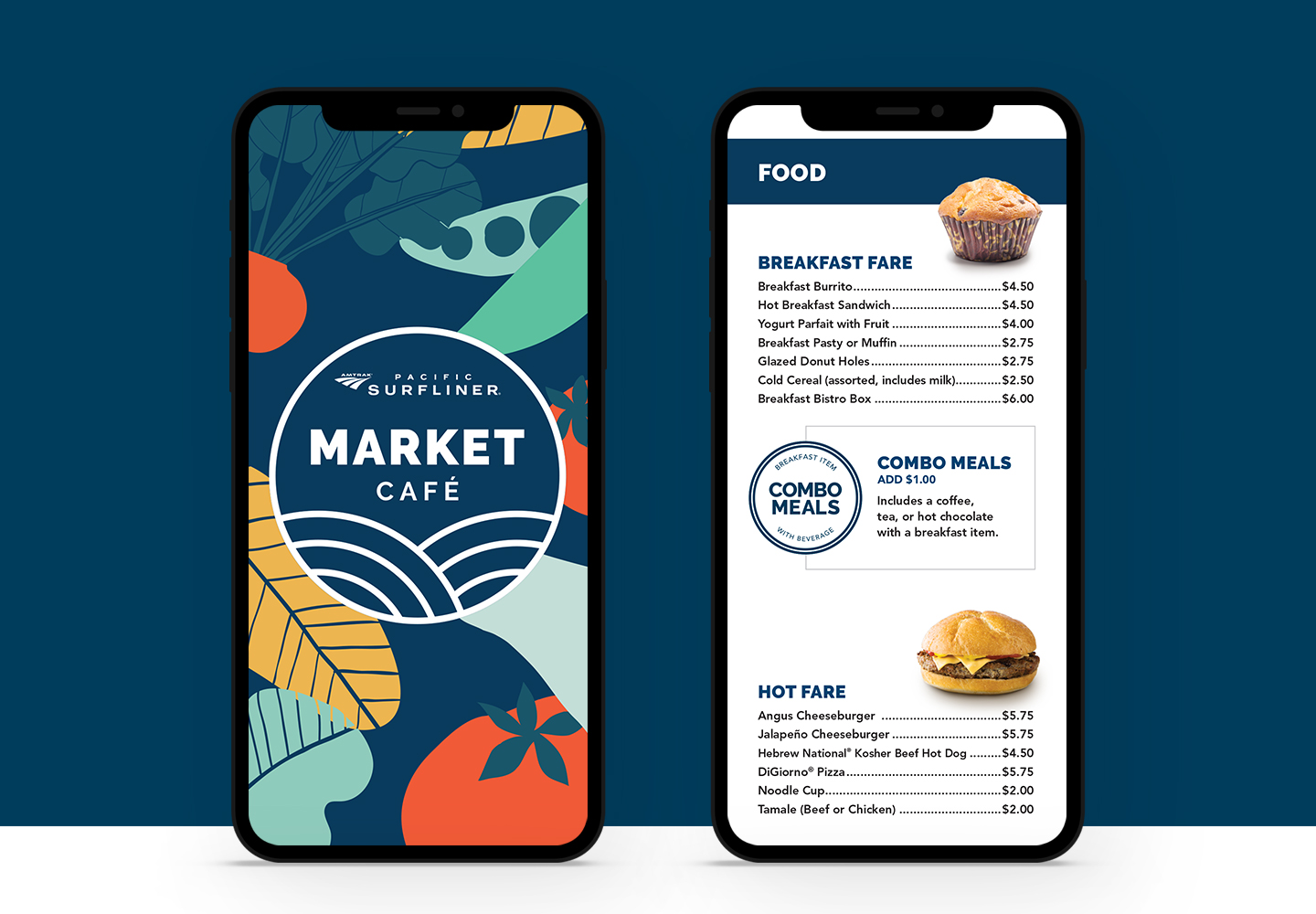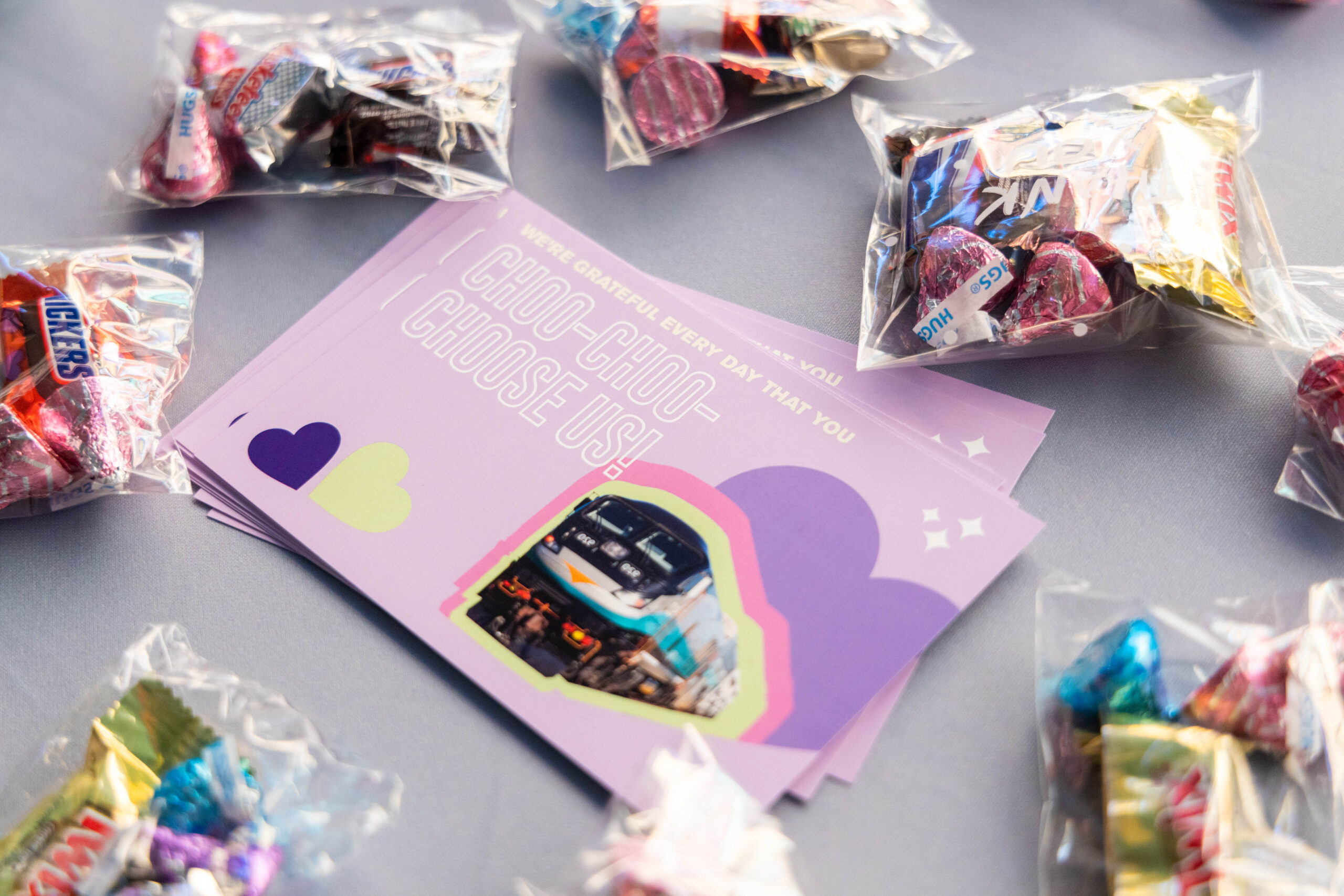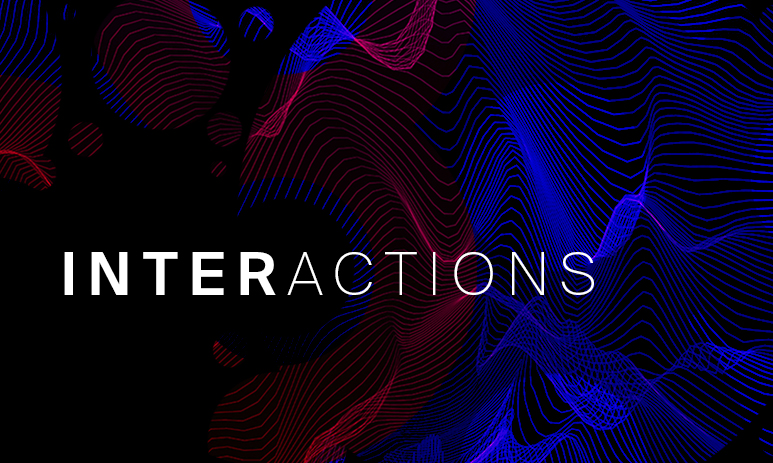User-Centric Design: Enhancing the Passenger Experience in Transportation
Related Services
Credits

Transportation is essential to our daily routines, linking us to work, family, and leisure activities.
As urban populations expand and global connectivity strengthens, there is an increasing demand for transportation systems that prioritize passenger comfort and efficiency.
Traditional transportation systems that focus solely on operational efficiency and cost-effectiveness often overlook passengers’ diverse needs and preferences. Prioritizing travelers’ comfort and efficiency can improve satisfaction and loyalty and enhance overall urban mobility. It ensures that transportation systems are not just functional but also enjoyable and accessible to all, regardless of age, ability, or background. This strategic focus on user-centric design not only meets the demands of today’s travelers but also prepares cities for future growth and sustainability challenges.
User-centric design goes beyond efficiency and functionality. It involves designing every aspect of the journey—from signage and digital interfaces to physical spaces and customer service interactions—with passengers in mind. This approach ensures that every touchpoint in the transportation experience is meticulously designed to be intuitive, accessible, and tailored to meet the diverse needs of passengers and enhance their experience.
Designing Intuitive Interfaces
At the heart of user-centric design in transportation are intuitive interfaces that simplify the travel experience. Whether it’s a mobile app for booking tickets, a digital kiosk for checking schedules, signage that guides passengers through stations, or branding that facilitates easy recognition of services, these interfaces should be designed to be easy to navigate and understand. Clear instructions, minimalistic design, and thoughtful placement of information reduce confusion and enhance usability, allowing passengers to navigate transportation systems effortlessly.
For example, in subway systems worldwide, intuitive wayfinding signage uses universally recognized symbols and clear directions to help passengers find their way. Easy-to-understand digital displays at bus stops and train platforms provide real-time updates on arrivals and departures, keeping passengers informed and reducing uncertainty.

Creating Accessible Facilities
Accessibility is another crucial aspect of user-centric design in transportation. It involves designing facilities and services that accommodate passengers of all abilities, ensuring equal access to transportation networks. This includes features such as ramps and elevators for wheelchair users, tactile paving for visually impaired passengers, and audible announcements for those with hearing impairments.
Transportation providers are increasingly investing in accessibility initiatives to create inclusive environments. For instance, airports have implemented designated lanes and assistance services for travelers with disabilities, ensuring they can comfortably navigate check-in, security, and boarding processes.
Personalizing Services
Personalization is transforming the way transportation services are delivered to passengers. User-centric design allows for tailored experiences that cater to individual preferences and needs. For instance, ride-sharing apps offer options for selecting vehicle types based on passenger preferences for comfort or efficiency. Airlines provide personalized notifications about flight updates and boarding gates through mobile apps, enhancing convenience and reducing stress for travelers.
Take Uber as an example. Uber has revolutionized personal transportation by leveraging user-centric design principles. The Uber app is designed to be intuitive and user-friendly, making it easy for passengers to book rides, track their driver’s arrival, and make payments seamlessly. Uber’s rating system for drivers and passengers ensures that service quality is maintained. The company continuously gathers user feedback to improve its services and introduce new features.
For instance, Uber Pool allows passengers to share rides with others who are heading in the same direction, reducing costs and environmental impact. Uber Assist provides additional assistance for elderly passengers and those with disabilities, including specially trained drivers who can help with boarding and exiting the vehicle and accommodate mobility devices.
Moreover, Uber’s customization features extend to the app’s interface, allowing users to save favorite locations, choose preferred vehicle types, and receive tailored notifications based on their travel patterns. Uber Rewards program offers loyal customers benefits like ride upgrades and priority support, enhancing their overall experience.
These are just a few examples of how user-centric design principles have been successfully applied in the transportation industry.
While groundbreaking technologies promise to revolutionize how we travel, it’s equally important to ensure that these innovations are intuitive, accessible, and user-friendly. By combining cutting-edge design with familiar elements, we can create seamless transitions that delight passengers and inspire confidence in the future of transportation.
Addressing Passenger Needs through Empathy and Research
Transportation providers can anticipate passenger preferences and deliver customized experiences that enhance satisfaction and loyalty by leveraging data analytics and customer feedback.
However, implementing user-centric design in transportation can be challenging, as it requires a shift in mindset and a commitment to continuous improvement. The benefits are clear: improved customer satisfaction, increased loyalty, and, ultimately, a more sustainable and profitable business.
One of the initial steps in the user-centric design process involves identifying passenger pain points and challenges. Issues like long wait times, confusing navigation, and lack of accessibility can significantly impact the travel experience. By thoroughly understanding these challenges, transportation providers can develop targeted solutions. This often entails mapping out the entire passenger journey and pinpointing areas for improvement.
Conducting user research and gathering feedback directly from passengers is crucial to bridge the gap between understanding and action. This can be done through various methods such as surveys, interviews, focus groups, and observational studies. These approaches offer invaluable insights into passengers’ needs and desires. This feedback is instrumental for making informed design decisions and ensuring user-centric solutions. Regularly collecting and analyzing this feedback also facilitates continuous improvement, enabling transportation systems to adapt to evolving needs over time.
Empathy is a cornerstone of this process. By empathizing with passengers, designers gain deeper insights into their experiences and challenges. Observing how users interact with transportation systems, identifying patterns, and anticipating needs can lead to more meaningful and practical designs. This empathetic approach ensures that resulting designs are functional and emotionally engaging, resonating with passengers on a personal level. It’s about understanding and connecting with the people we design for.
Pastilla’s Work in the Transportation Industry
At Pastilla, we had the pleasure of working on several projects in the transportation industry, contributing to more accessible, easy-to-use, and inclusive travel across the USA. Our work is a testament to the effectiveness of user-centric design, showcasing how it can transform the passenger experience and drive positive change. Here are some of the projects we have worked on.
LOSSAN Corridor
The LOSSAN Corridor, with over 150 daily passenger trains, serves nearly 3 million annual riders on Amtrak Pacific Surfliner trains and 5 million on Metrolink and COASTER commuter trains, making it the busiest state-supported Amtrak route in the U.S. Since 1989, the LOSSAN Rail Corridor Agency has worked to boost ridership, revenue, capacity, reliability, coordination, and safety along the coastal rail line from San Diego to San Luis Obispo.
In recent years, Pastilla has partnered with LOSSAN to provide creative design and strategic communication services. In August 2020, Metrolink launched the SoCal Explorer loyalty program to reward frequent riders with perks, aiming to boost post-COVID ridership. Pastilla developed the brand positioning for SoCal Explorer and created marketing campaigns to drive sign-ups, seeing this as a prime opportunity to build rider affinity and loyalty. The program also enabled Metrolink to collect valuable data on frequent riders, allowing for a more personalized experience and serving as a cost-effective strategy for encouraging repeat ridership.
Pastilla also worked on the Pacific Surfliner Disney Discount Campaign, focusing on user-centric design to enhance the passenger experience with a magical travel theme. The ad campaign promoted a Disneyland entry pass discount for Pacific Surfliner riders, featuring the headline “Next Stop: Magic” to unite the train with Disney’s sense of wonder.
Additionally, Pastilla launched the ‘Nature is Closer Than You Think’ campaign, promoting a partnership between the San Diego Zoo and LOSSAN to drive ridership during low seasons, handling visual identity, messaging strategy, and promotional materials.
Other notable projects include branding the Onboard Market Cafe and conducting an Onboard Lifestyle Photoshoot with real riders to authentically capture LOSSAN’s customers’ diversity. Pastilla redesigned the identity for the Market Café Car, inspired by the scenic oceanside route of the Pacific Surfliner. The new design, featuring ocean waves and rolling hills, was applied to all aspects of the Market Café, enhancing the dining experience for passengers with vibrant illustrations and a fresh color palette.

Metrolink
Pastilla began working with Metrolink in late 2020 to boost ridership during the global pandemic. This successful partnership has made Pastilla an essential voice in Metrolink’s creative communications, achieving impressive results. Notable campaigns include the Earth Day “Ride for Free” initiative, which used eye-catching graphics to promote a 24-hour free fare event. We’ve done this campaign for Metrolink for three years to promote sustainability through relevant services and highlight Metrolink’s commitment to environmental responsibility.
In 2022, to celebrate Metrolink’s 30th anniversary, Pastilla created a Customer Appreciation Day campaign with 90’s Valentine’s Day card themes. This included promotional videos, social media posts, staff T-shirts, station signs, and email marketing, all conveying appreciation messages. The campaign featured Metrolink’s robotic voice delivering Valentine’s greetings and a video Valentine’s card from the CEO.
Customer Appreciation Day resulted in an 11% increase in ridership and high social media engagement and exceeded email open rate goals, significantly boosting Metrolink’s brand recognition. The campaign won Pastilla the First Place Award in the 2023 AdWheel Awards.

Additionally, Pastilla’s creative direction and photography for the Metrolink Arrow Lifestyle Photoshoot showcased the diversity of Metrolink’s passengers and highlighted the user-centric features of the Arrow service.
Shaping the Future of Traveling
Ultimately, taking the user-centric approach when designing for transportation entities significantly enhances customer satisfaction by creating efficient, comfortable, and enjoyable systems. Satisfied passengers are more likely to become loyal users, leading to increased ridership and long-term success for transportation providers. By consistently prioritizing the user experience, providers can build solid and lasting relationships with their passengers.
A focus on user-centric design leads to higher levels of passenger engagement and retention. When passengers feel their needs are understood and addressed, they’re more likely to use the service regularly and recommend it to others. This positive cycle of engagement and retention drives continuous improvement and success for transportation systems.
In conclusion, user-centric design is not just a trend but a necessity for the future of transportation. By putting passengers at the center, we can create systems that are not only efficient but also enjoyable, ensuring a better journey for everyone.

